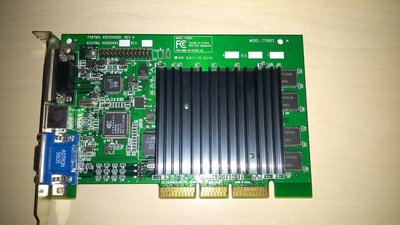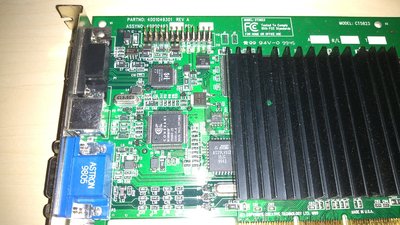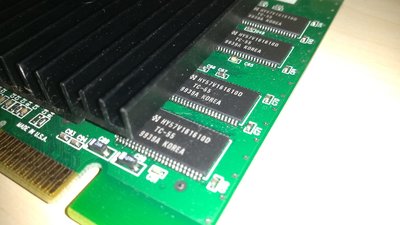Well intel did about the same, after Pentium III Intel did try Pentium IV, but the architecture was a mess, and they did see that, so for the LGA 775 after Pentium 4 early models, they did go back on the Tualatin drawings, and change the core and the architecture to the point they did use it last couple of decade and more, as all processors after Pentium IV (LGA 775 based ones) are on most of their roots Tualatin, till today on Skylake, Covfefelake... So this thing did work for intel, but they seems to have platinum architecture there, also AMD did have money problems, they did buy ATi by that time, also they did have problems inside the company that did lead to not many great products after Athlon 64, so this is other reason why Intel did have this architecture so successful for them...
While 3Dfx they did have also great architecture, but seems it was not so good like the Tualatin one, and nVIDIA did catch up... Problem is they did need to release the Rampage right after the GEforce 256 to stomp them, but it did not happen...
There are like 2 or 3 working Rampage Specter cards, and as far as it known the performance is insane, is well above the GEforce 256, but it was way too late.....
Also 3Dfx was making war with all, bcuz normally GPU brands like AMD and nVIDIA have war between only them, while 3Dfx was against nVIDIA, ATi, S3, MatroX, they did have their own API Glide, that was declared war to Microsoft and the Direct X (as we all know M$ have more money then intel have, so if you get in their way they will trash you) , also they did buy STB so that was declared war to all board vendors + massive amount of money on the wind, and the rest is history...
Im wondering only one thing, why all the 3Dfx founders and engineers did not come back with new name and start massive production of something like Rampage, or other stuff. For example Nokia was swallowed by M$, but yet here they are back in the game after 10 years, the old owners and CEO of Nokia did buy back what M$ did buy back then, and here they are...
I heard stories that the Rampage was there even back in 1997 or 1998 not sure, so they did have it, but they did not use it in the right time...
3Dfx did try to be the Intel of Video cards, but that did not work well for them, as Intel is giant monopoly company, that even did pay millions of dollars back in 2003-2006 period of time, just to ensure that AMD will be out of the game, so that is how much money they have, while 3Dfx was far far away from having even 1/3 of that... Also they did show middle finger on M$ (while nVIDIA in the same time was partners with them bcuz they did know how powerful M$ is) with the Glide API, and middle finger to all board partners when they buy the STB... Too much mistakes and arrogant behavior in too short time....
Mah systems retro, old, newer (Radical stuff)
W3680 4.5/ GA-x58 UD7/ R9 280x
K7 2.6/ NF7-S/ HD3850
IBM x2 P3 933/ GA-6VXD7/ Voodoo V 5.5K
Cmq P2 450/ GA-BX2000/ V2 SLI
IBM PC365
Cmq DeskPRO 486/33
IBM PS/2 Model 56
SPS IntelleXT 8088



